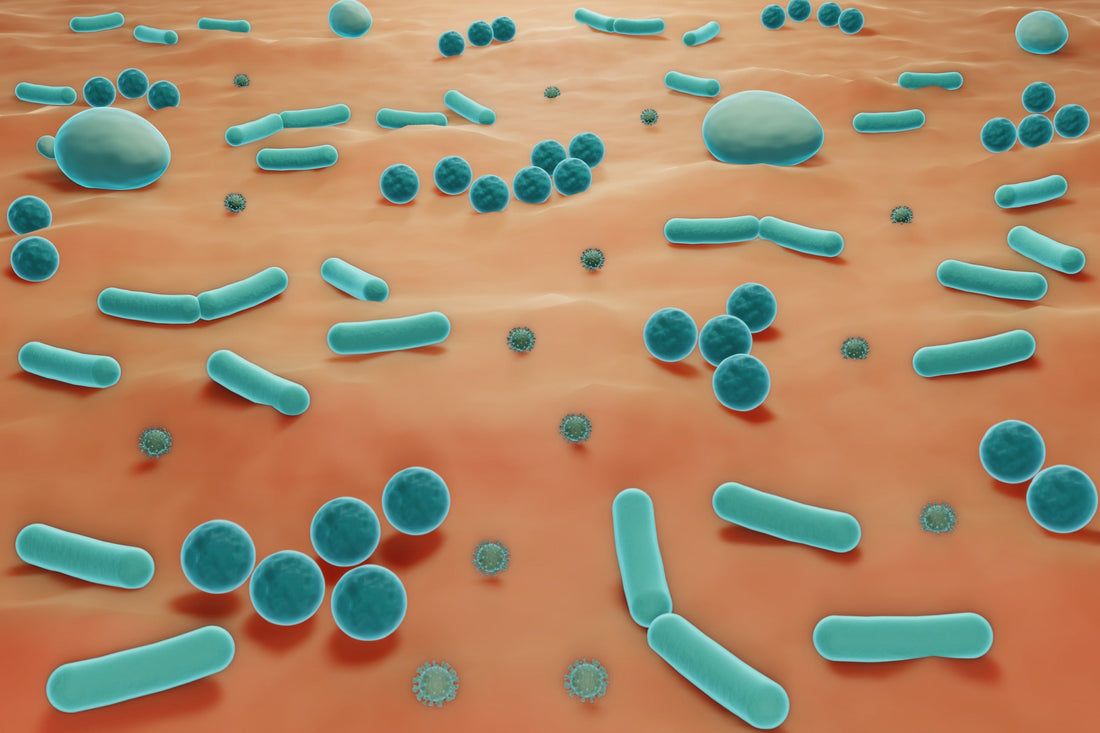Understanding the Role of Microbes In Probiotics
| updated:Share

Probiotics are healthy bacterium that helps to keep your gut healthy and your digestive tract working optimally. It also helps fight off harmful bacteria, which enables you to maintain optimal overall health. Probiotics are taking the spotlight in health circles for their numerous benefits. However, probiotics do not work alone. Probiotics are part of a more extensive system of organisms within the body known as the microbiome.
Types Of Microbes
The microbiome comprises a diverse community of organisms and bacteria, all working together to keep your body functioning correctly and in the best possible health. These organisms and bacteria fall into a broader category of substances called microbes. The body contains trillions of microbes, all of which can be classified in one of four ways:
- Fungi
- Bacteria (including yeasts)
- Protozoa
- Viruses
Every person’s microbiome is unique, meaning no two people have the same microbial makeup. This is because several factors can influence the microbiome, including everything from what you eat to who or what you come into contact with to your cellular makeup. Moreover, microbial makeup can change from day to day, hour to hour, or even minute to minute.

What Role Do Microbes Play?
Microbes are made up of other microorganisms, which is true of probiotics themselves. A large part of what makes microbes probiotics is the bacteria of which they are made up.
Most probiotics contain one of two bacteria groups. Those include Lactobacillus and Bifidobacterium. Many probiotics also have Saccharomyces boulardii, a yeast. Which bacteria a probiotic contains will dictate its health benefit. For instance, some types of Lactobacillus prevent illness, while Bifidobacterium is often used to avoid infection, boost the digestion of fiber, and produce essential vitamins and chemicals.
That said, depending on the makeup of the bacteria, the effects of two Lactobacillus bacteria may be drastically different. This is true of all bacteria within the body.
How Do Microbes Work In Probiotics?
Probiotics are made up of microbes. When certain beneficial microbes combine to create a bacteria that has proven health benefits for humans, it may be considered a probiotic.

Are Microbes Good or Bad?
Human microbes can be good or bad, like gut bacteria. For a microbe to fall into the “good” or “probiotic” category, it must possess several characteristics. Among those, the four most important are as follows:
- Be able to survive within the intestine after you ingest it
- Be isolated from a human
- Possess a benefit that is proven to humans
- Be consumed in a safe manner
You can take several steps to influence the development or introduction of good microbes in your microbiome.
How To Increase the Number of Beneficial Microbes in Your Body
One of the best ways to increase the number of beneficial microbes in your gut and throughout your body is by consuming foods that contain probiotics. If you do not already eat several of these foods (which you likely do), you can quickly introduce them to your diet. Some of the top probiotic-rich food sources to add to your diet are as follows:
- Buttermilk
- Yogurt
- Cottage cheese
- Kombucha
- Sourdough bread
- Tempeh
- Kimchi
- Miso soup
- Fermented sauerkraut
- Fermented pickles
Though probiotic-rich foods come with several health benefits, balance is critical. If you introduce too much of one type of food, you may prevent your body from absorbing other, just as essential nutrients.

Key Takeaways
Probiotics are part of a more extensive system called a microbiome, which comprises trillions of microbes. What you eat, among other factors, influences the types of microbes within your gut and whether they are good or bad. If you struggle to maintain a healthy microbiome, consider adding probiotic supplements to your diet.


